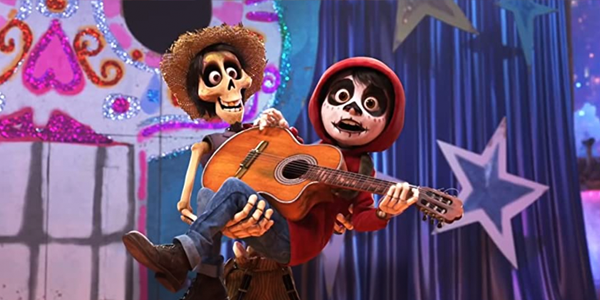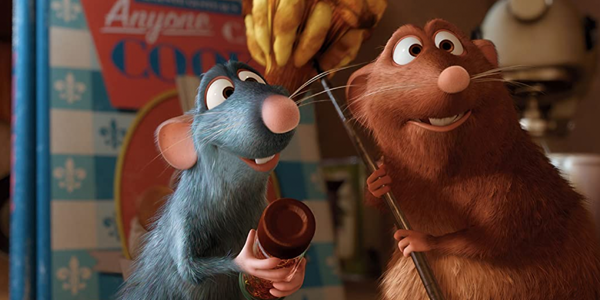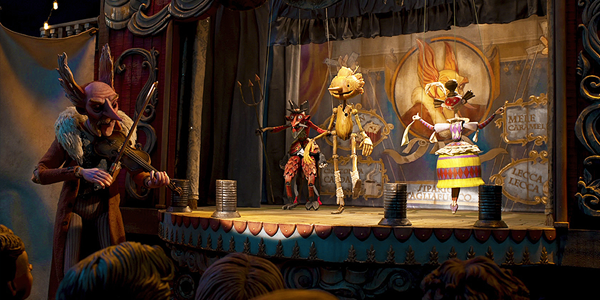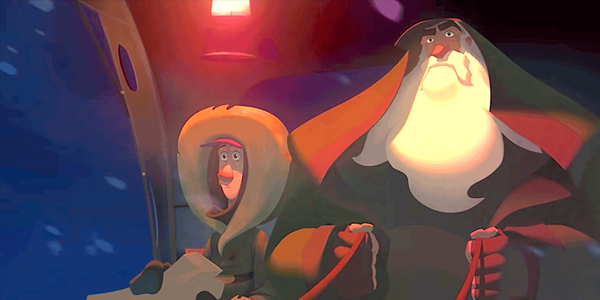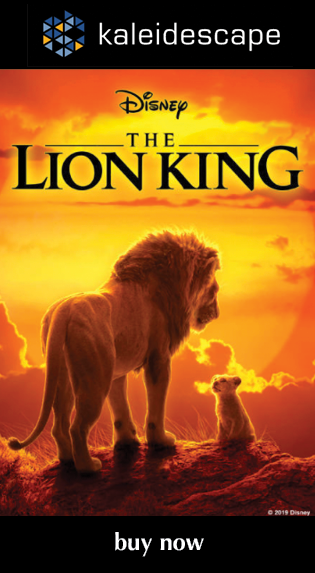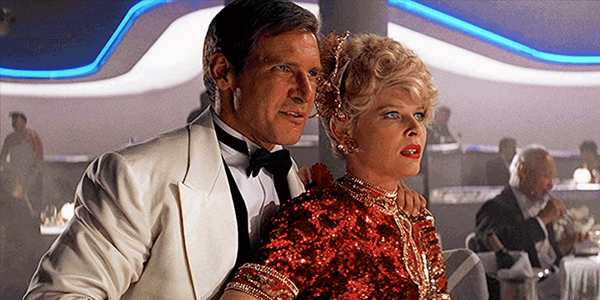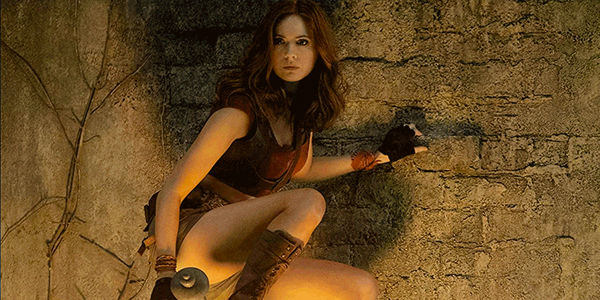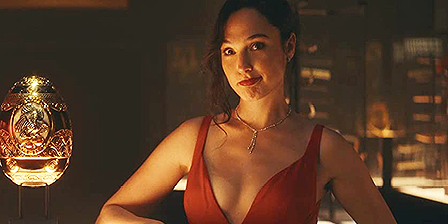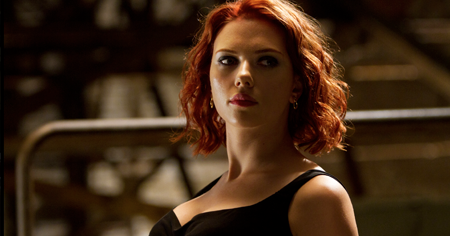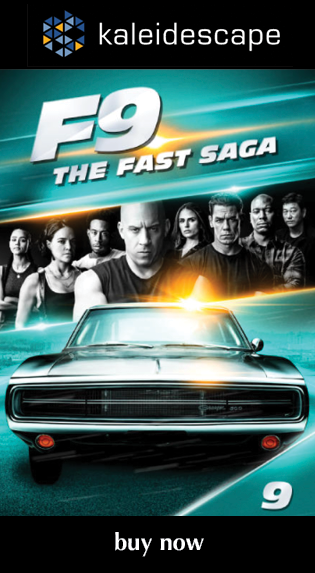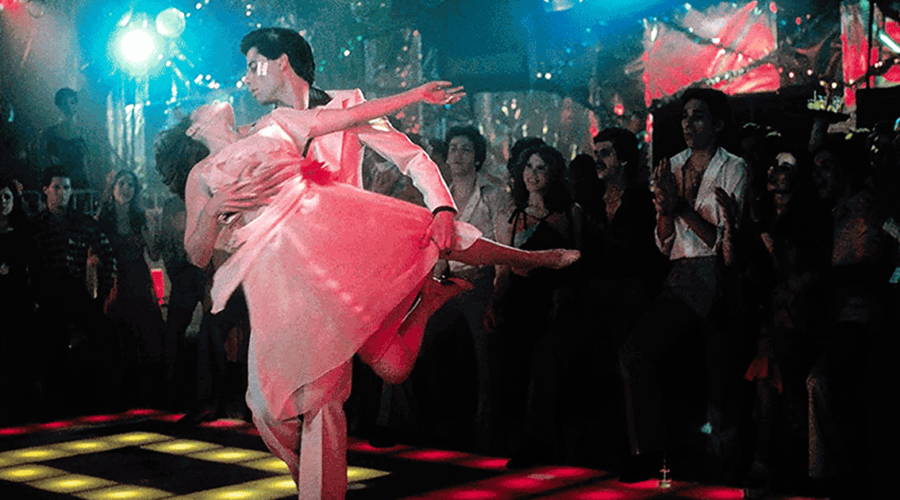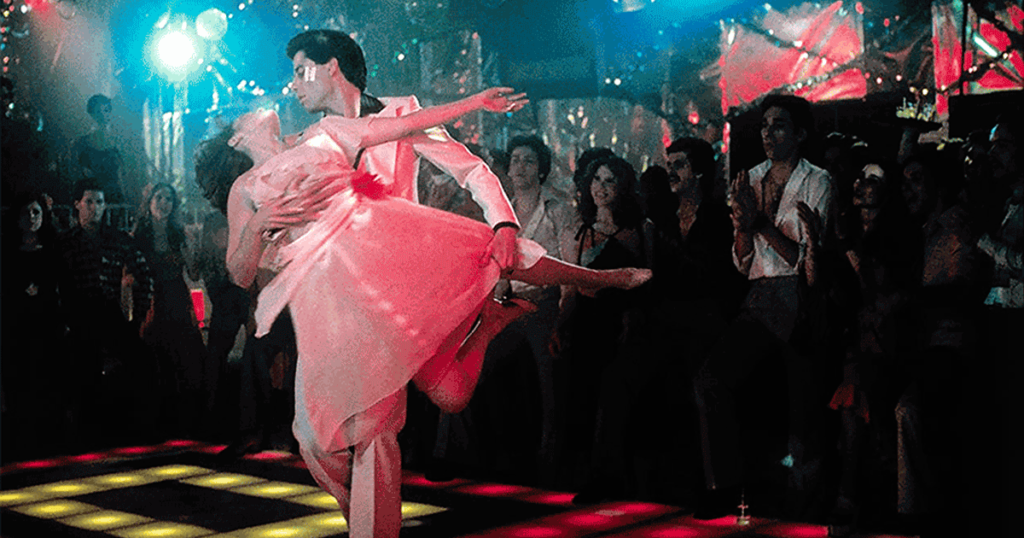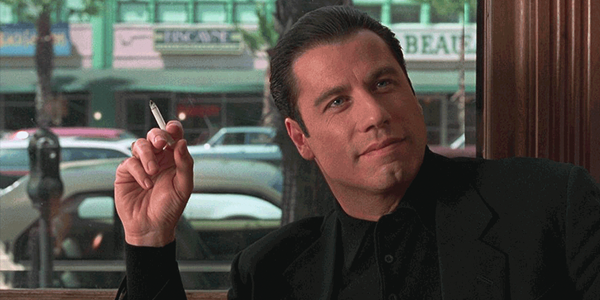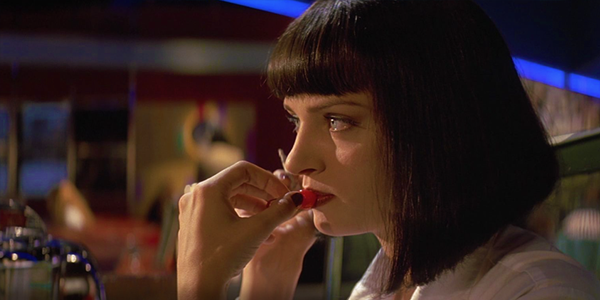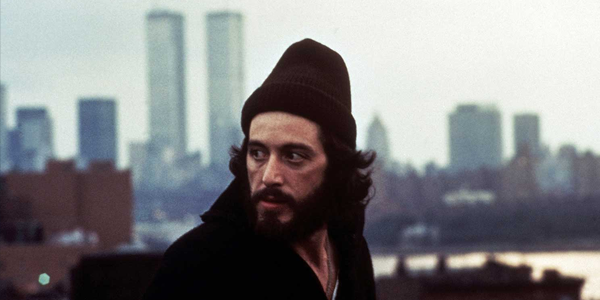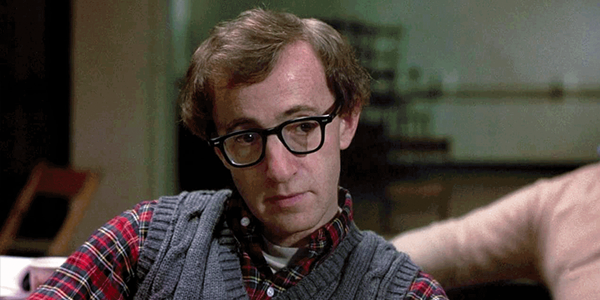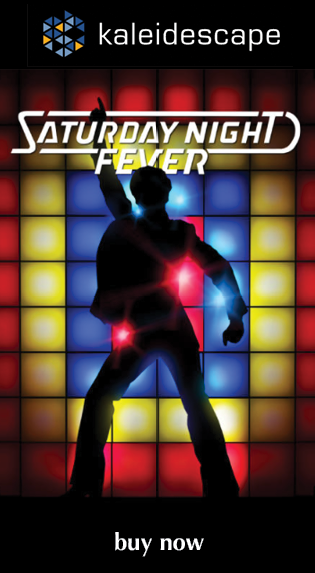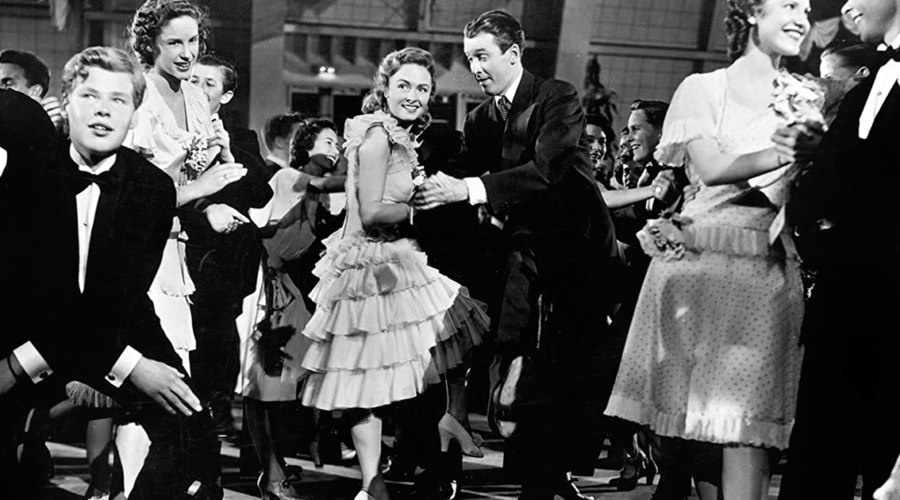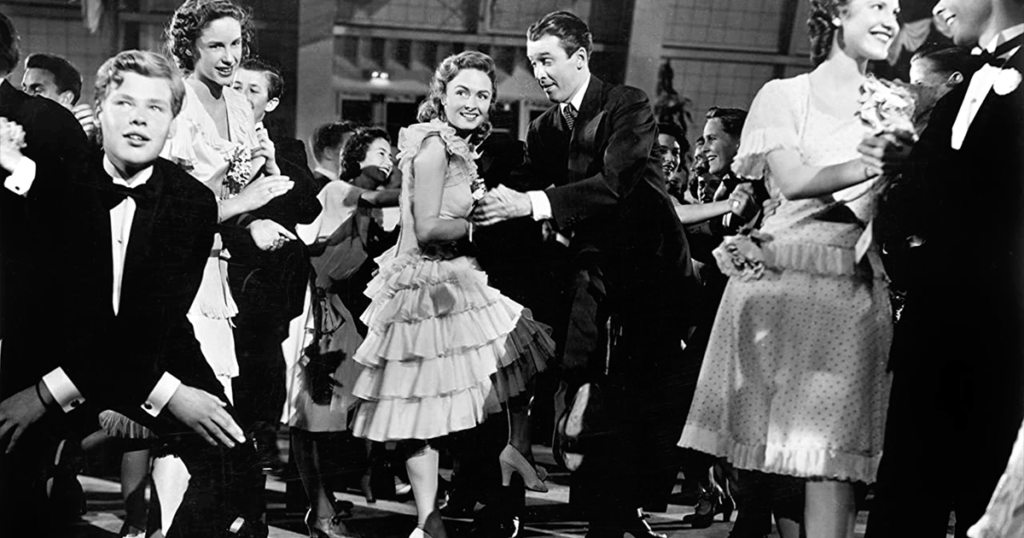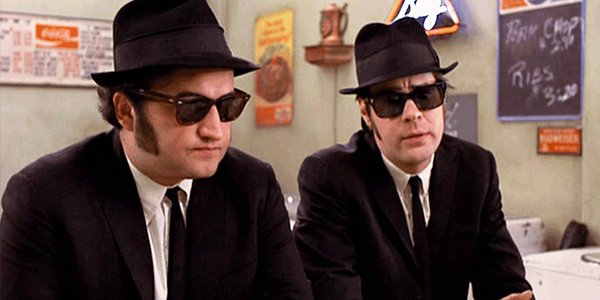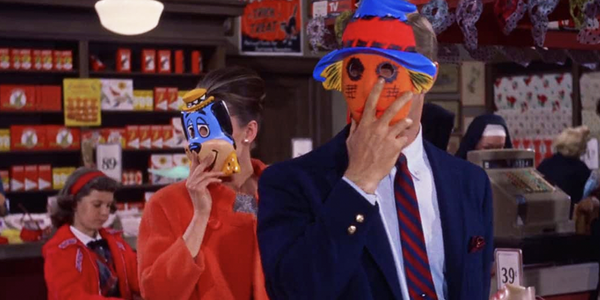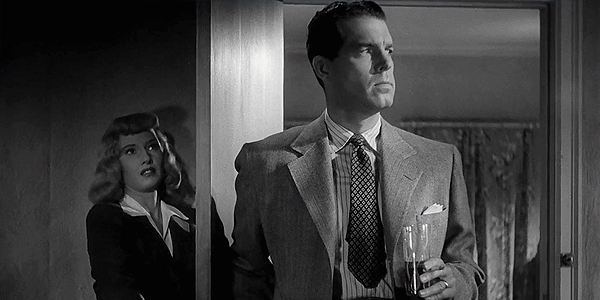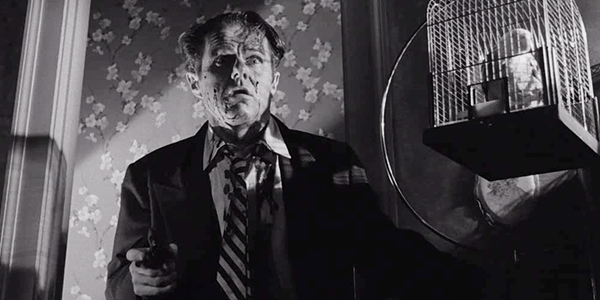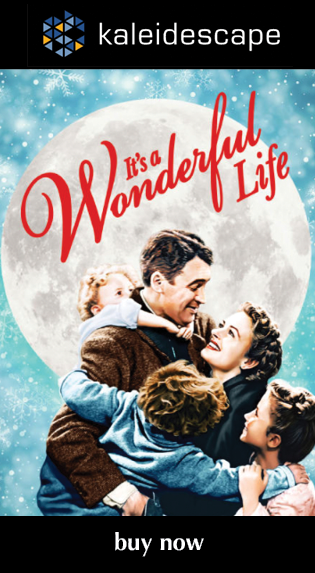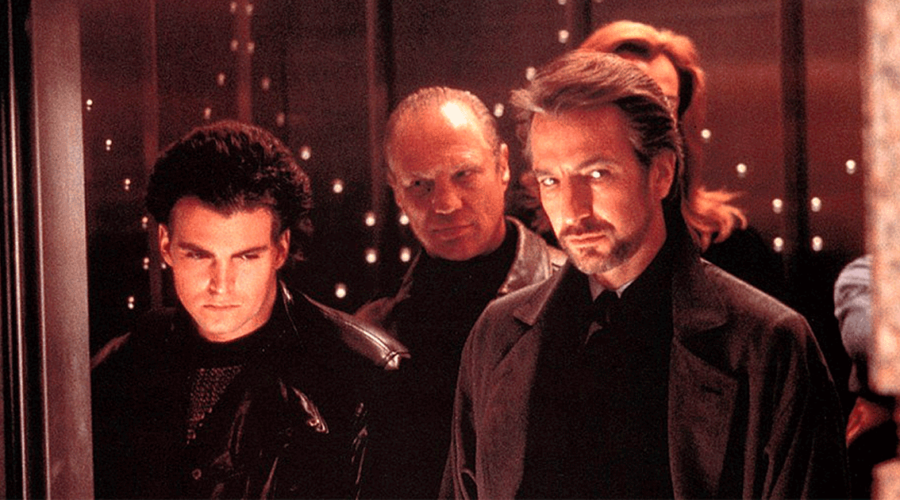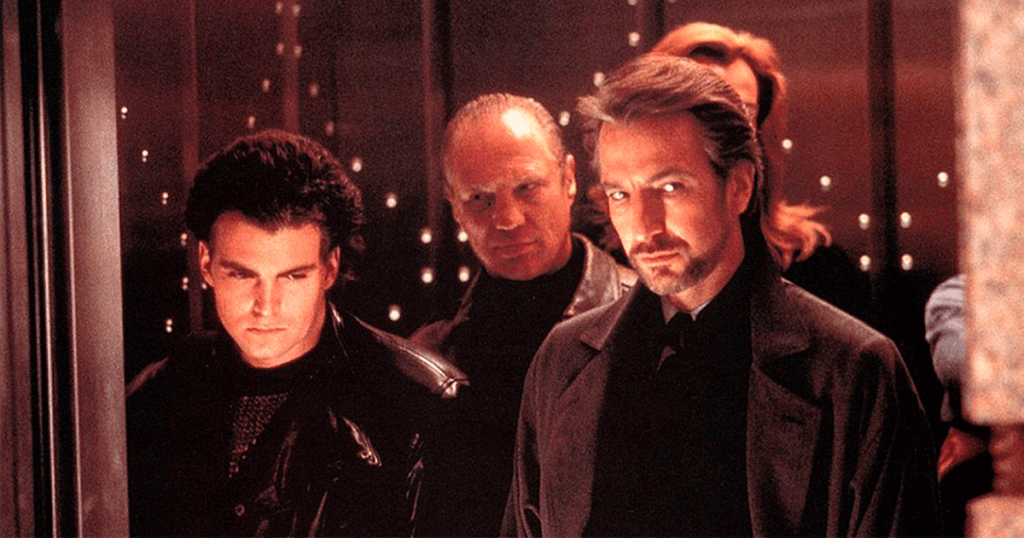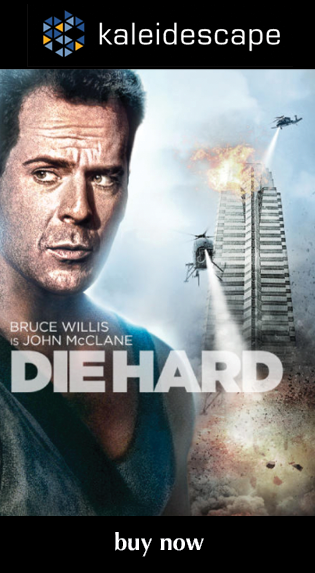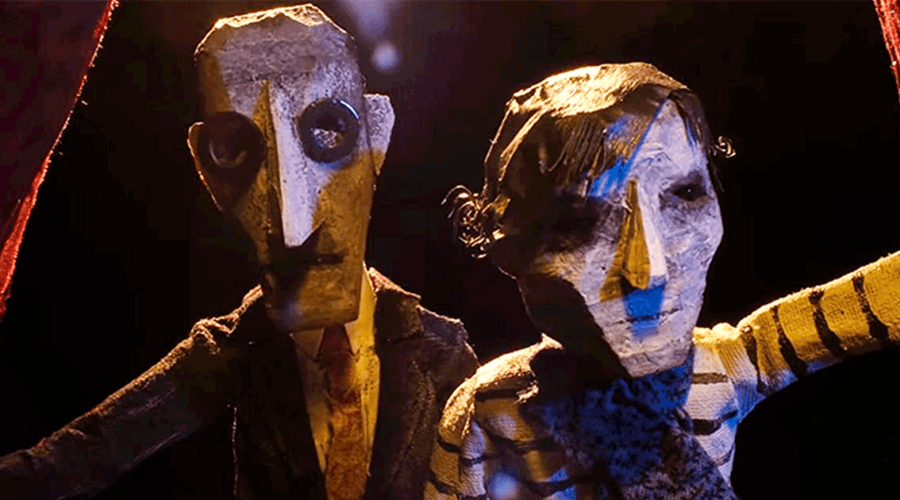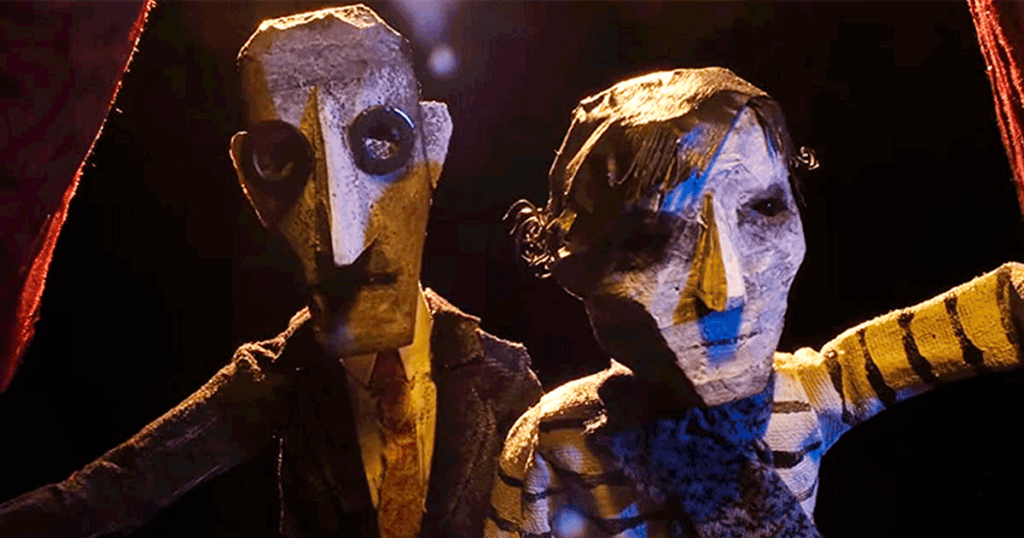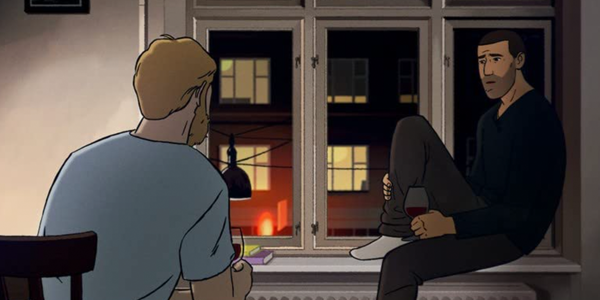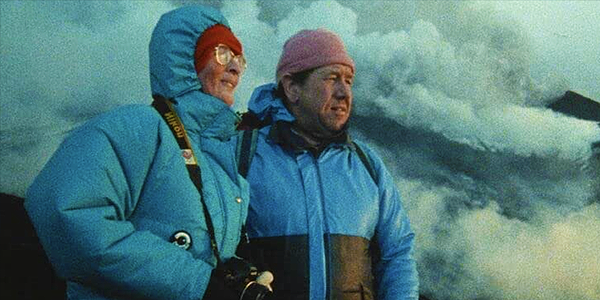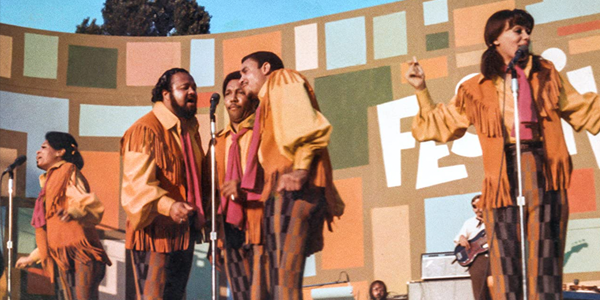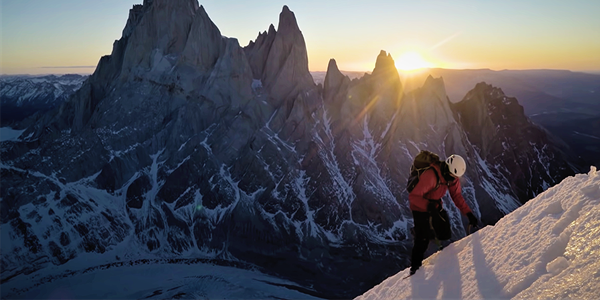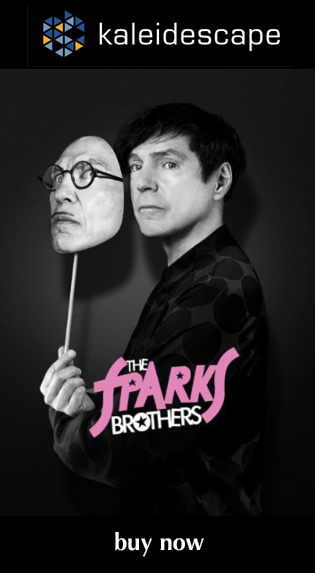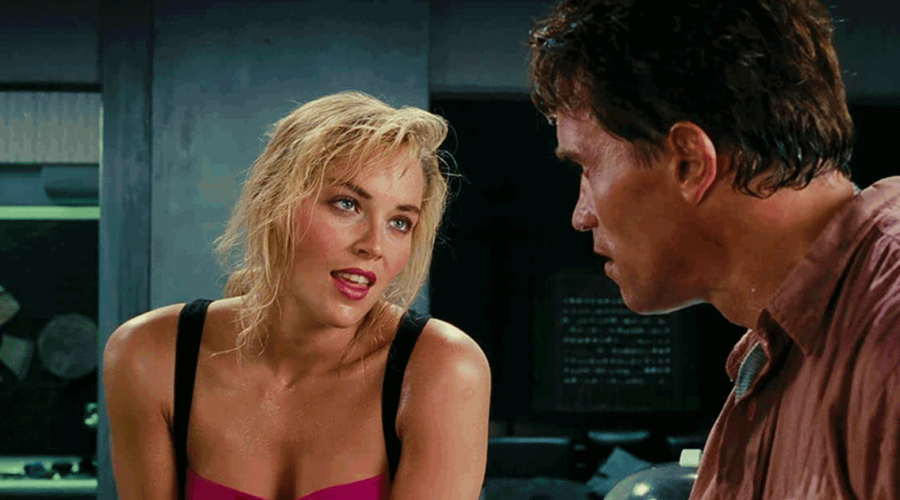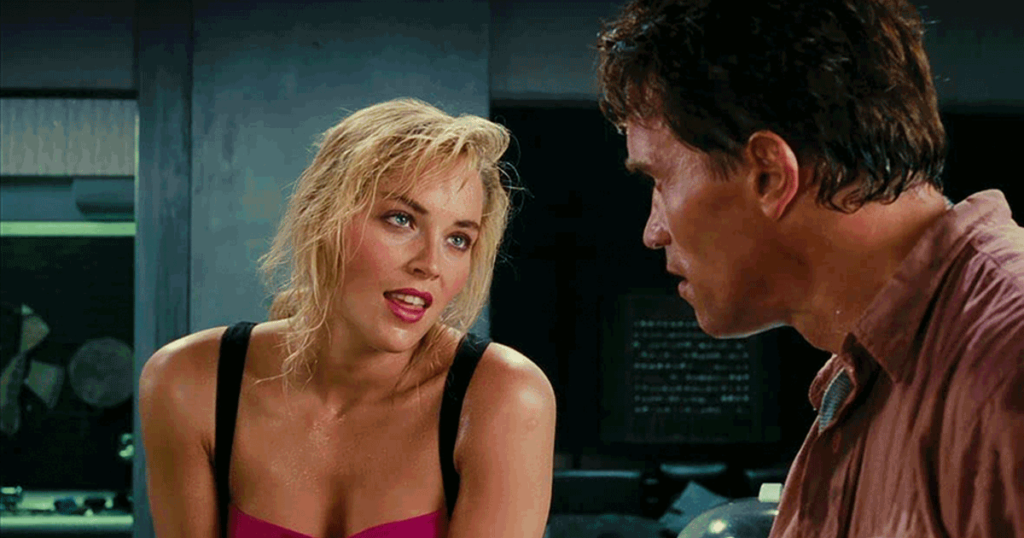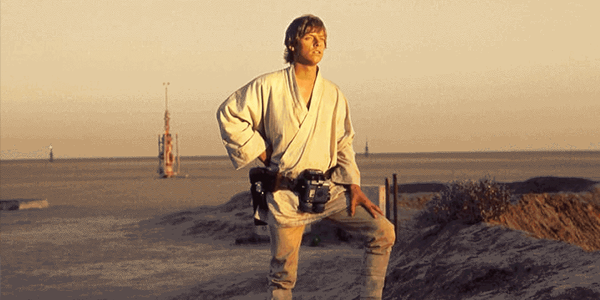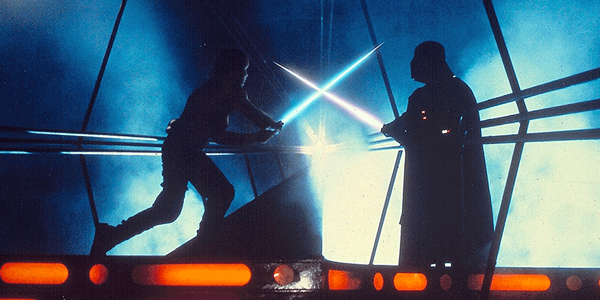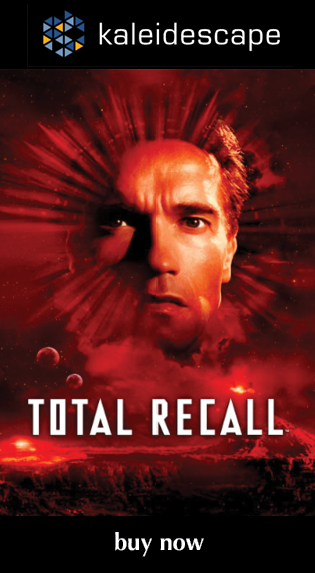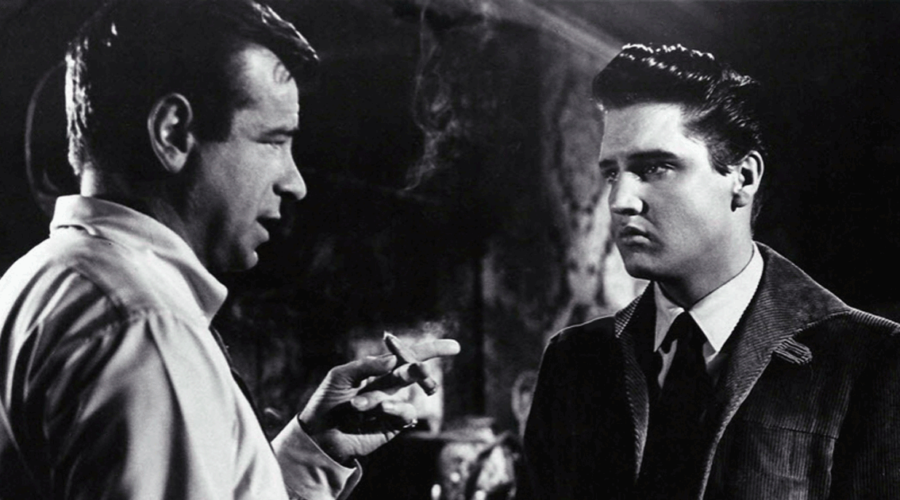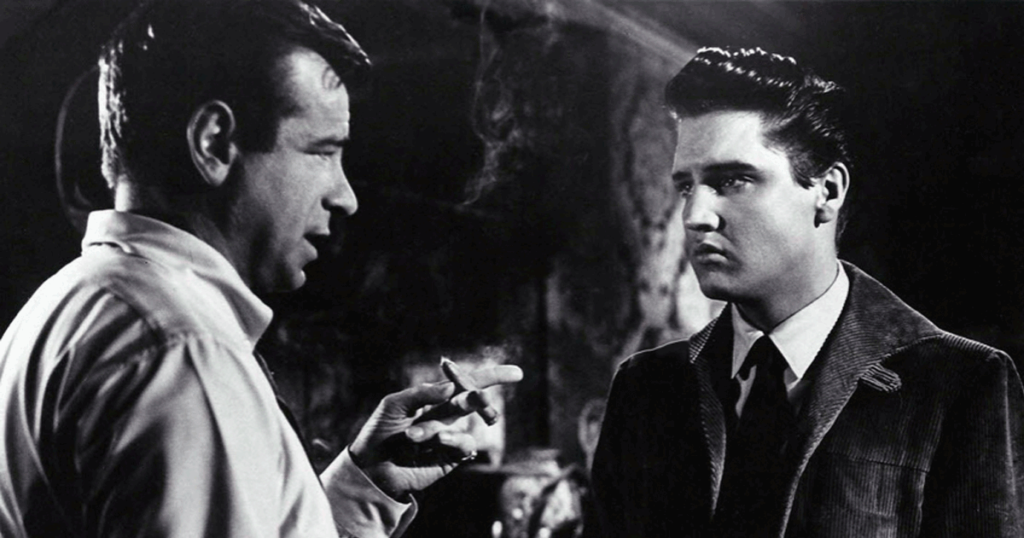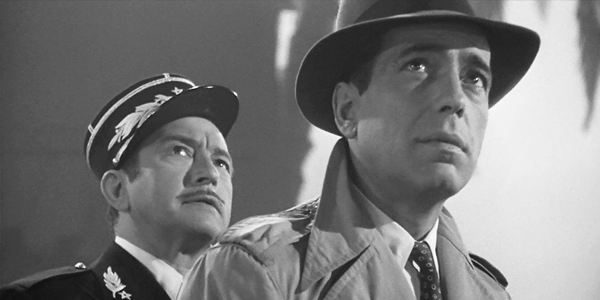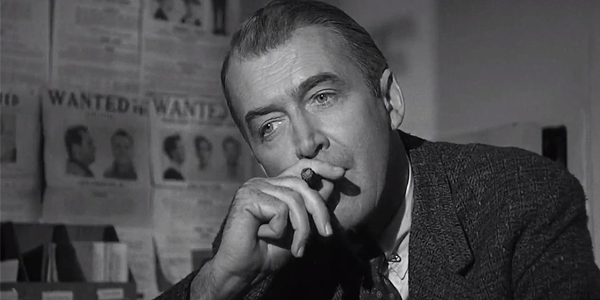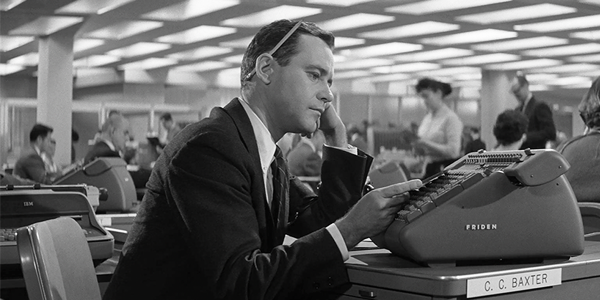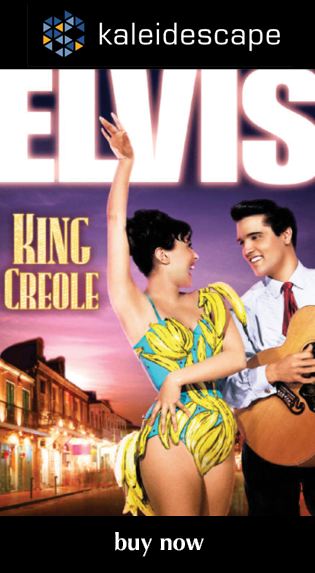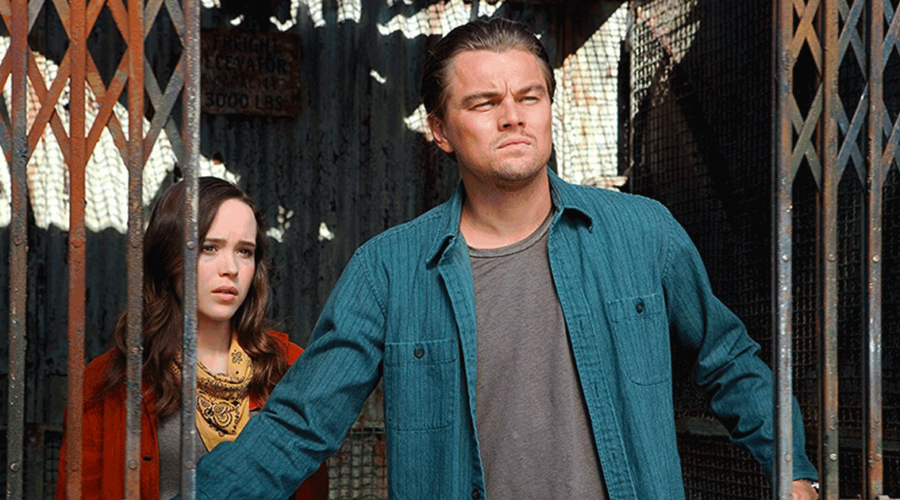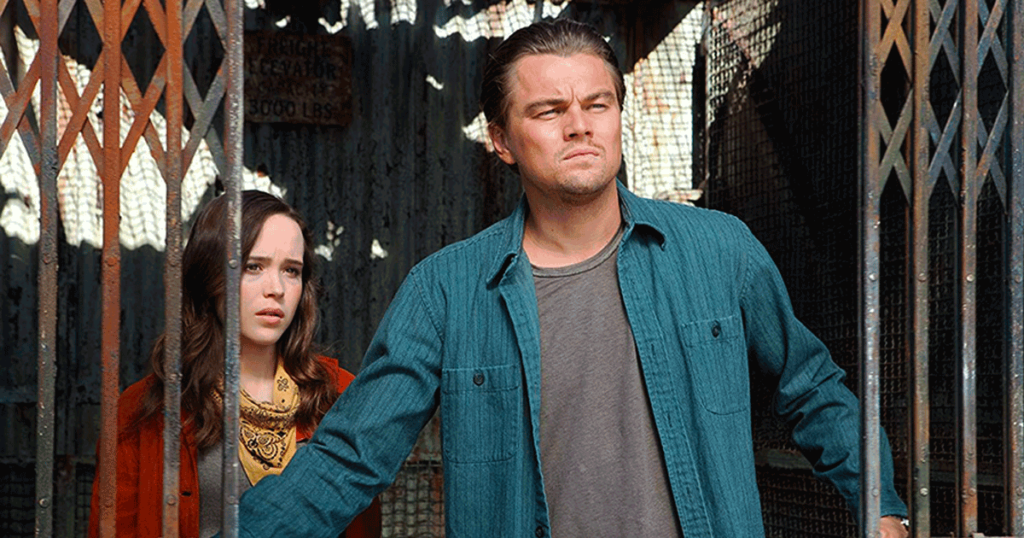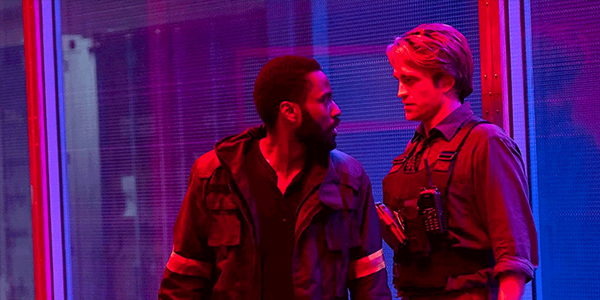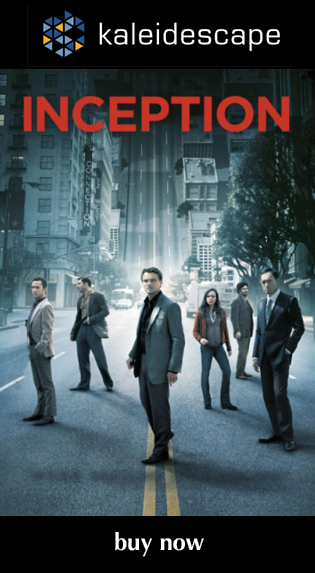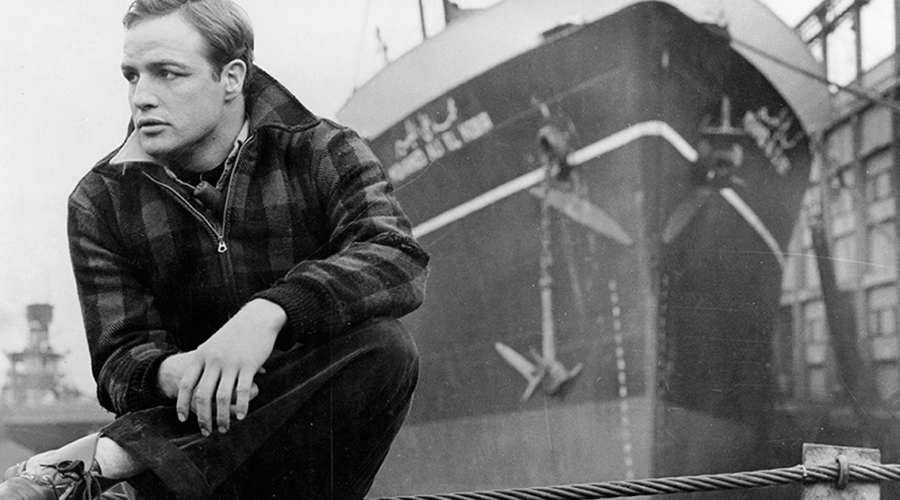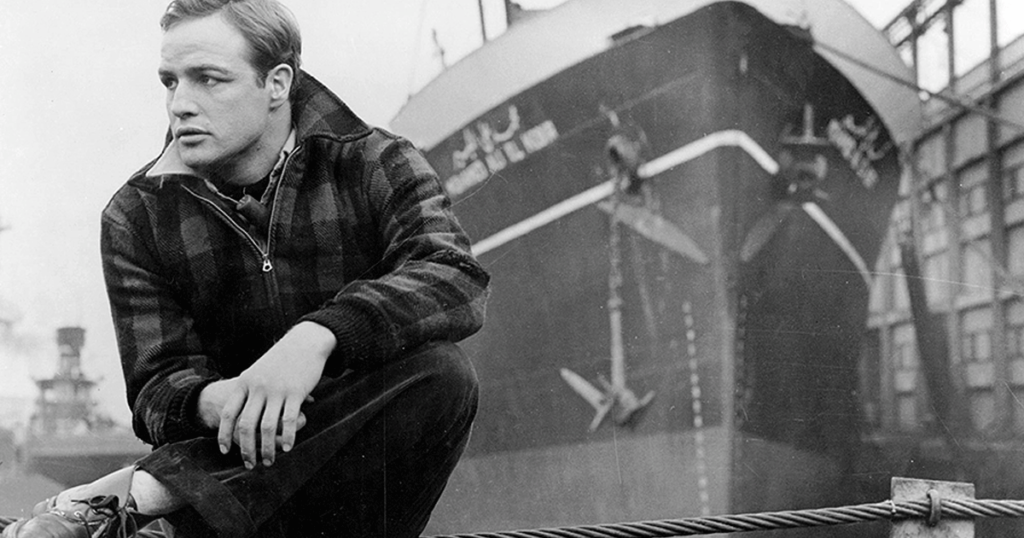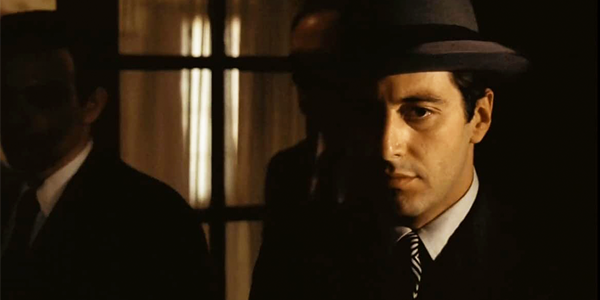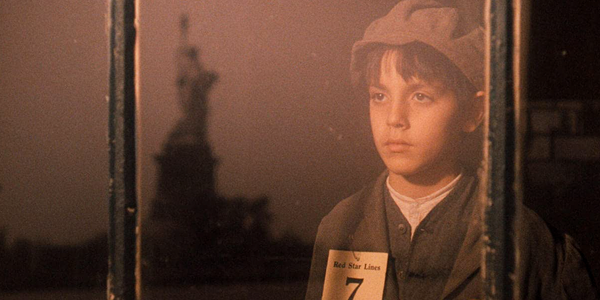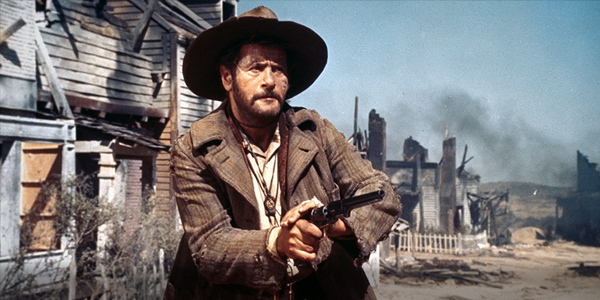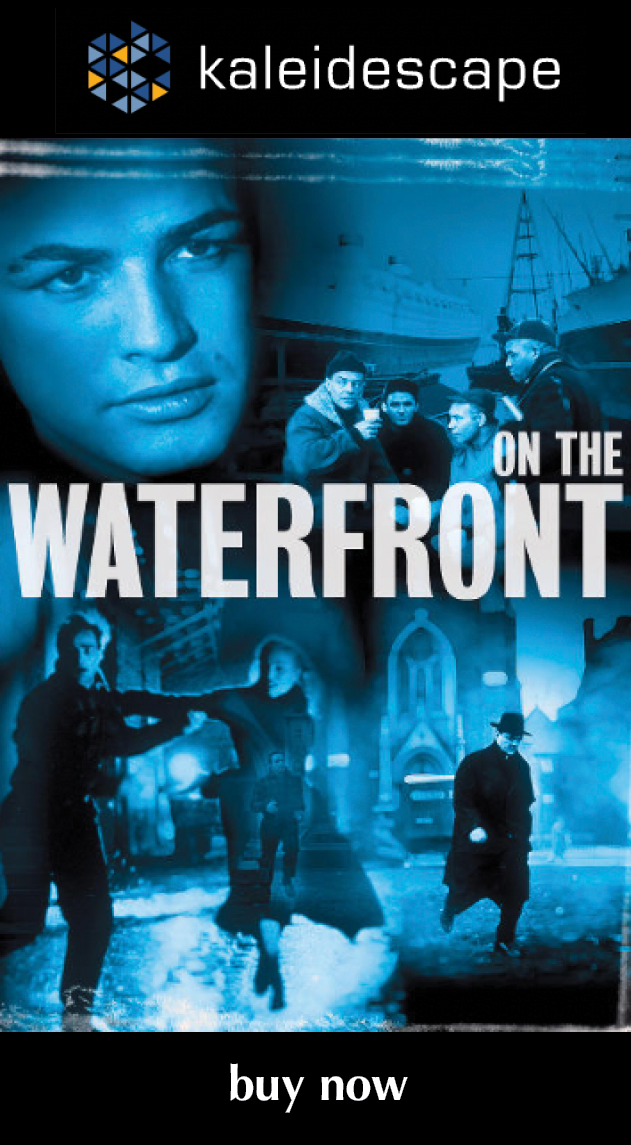Review: The Lion King (2019)
also on Cineluxe
Sign up for our monthly newsletter
to stay up to date on Cineluxe
This documentary-like CGI-driven remake proves to be almost as satisfying as the 1994 original
by John Sciacca
updated August 21, 2023
While it’s tempting to refer to the 2019 remake of The Lion King as the latest in Disney’s string of live-action remakes, following in the footsteps of Cinderella, The Jungle Book, Beauty and the Beast, Dumbo, and Aladdin, it would technically be inaccurate to refer to it as such. Call it whatever you want, this film takes animation photo-realism to the next level with animals and landscapes so detailed and realistic the lines between “real” and “digital” are blurred into non-existence.
But the film’s strict adherence to ultra-realism is also a bit of its downfall, as it removes some of the heart and connection to the characters. In the original version, Disney’s animators humanized the characters by giving them human emotions and expressions. In reality, though, lions—and most jungle animals—only have so many facial expressions, none of which are designed to express sadness or pleasure. Fortunately, the voice casting is spot on, and definitely helps in connecting you with the animals and understanding what they’re feeling.
While the remake runs 30 minutes longer than the animated version, it doesn’t feel like much has been added. Rather, scenes just open and develop at a slower pace, giving you more time to absorb all of the glorious CGI realism.
Part of what made the original so memorable was the Hans Zimmer score and the songs by Elton John and Time Rice, and those remain intact here with some new songs added, and with pop stars Donald Glover and Beyonce Knowles teaming up to perform “Can You Feel the lLove Tonight?” and Seth Rogen and Billy Eichner putting their spin on “Hakuna Matata.”
There are only a couple of instances (some water splashing and some of the jungle scenes) where the CGI visuals look anything but lifelike. Colors have a golden, natural shade, with lots of sun and earth tones.
Closeup detail throughout is fantastic, especially of landscapes and animals. In fact, closeups look so good, they only add to the illusion you’re looking at real life. Individual whiskers and strands of fur are clearly visible, as are subtle eye expressions and mouth movements. You can clearly see the claws extend from the lions’ paws as they walk, the wrinkle and texture in elephant’s skin, and individual wisps of hair around Rafiki’s face.
While shot in ArriRaw at 6.5K, this transfer is taken from a 2K digital intermediate. While this doesn’t doom a movie to lower picture quality or mean it isn’t true 4K, I did feel that the backgrounds didn’t have that next level of detail found in some films, instead exhibiting a general softness and lack of detail, especially when contrasted with the terrific detail on tight shots.
With the sun appearing in many shots, HDR is used nicely to deliver a lifelike image. The sun is bright, with the landscape retaining shadow and detail. Also, the bright orange hues of the sun and the varied shades of blue in the sky showed no hints of banding. Some lightning strikes and a roaring fire at the finale also benefit from the HDR grading.
Sonically, the Atmos track isn’t aggressive by any means, but it did offer some nice moments, and served its source material well enough. Dialogue is always clear and understandable, and music is mixed up into the ceiling speakers to give it some more dimension. The mixers took some opportunities to add echo to voices and sounds inside of caves and canyons, to have animals running past your head, or to have some atmospheric sounds in the jungle, but I would have liked them to push these a bit further. While there aren’t a lot of bass-heavy moments, the mixers choose the right moments—like the stampede and pivotal lion roars—to push the LFE channel and heighten the emotional impact.
While The Lion King offers nothing new from a storytelling perspective, it is gamechanging for its use of CGI, and is a terrific-looking film. While a couple of the scenes might be intense for younger viewers, it’s mostly family-friendly fare that is nearly as educational as a documentary and likely more entertaining.
Probably the most experienced writer on custom installation in the industry, John Sciacca is co-owner of Custom Theater & Audio in Murrells Inlet, South Carolina, & is known for his writing for such publications as Residential Systems and Sound & Vision. Follow him on Twitter at @SciaccaTweets and at johnsciacca.com.
© 2023 Cineluxe LLC




